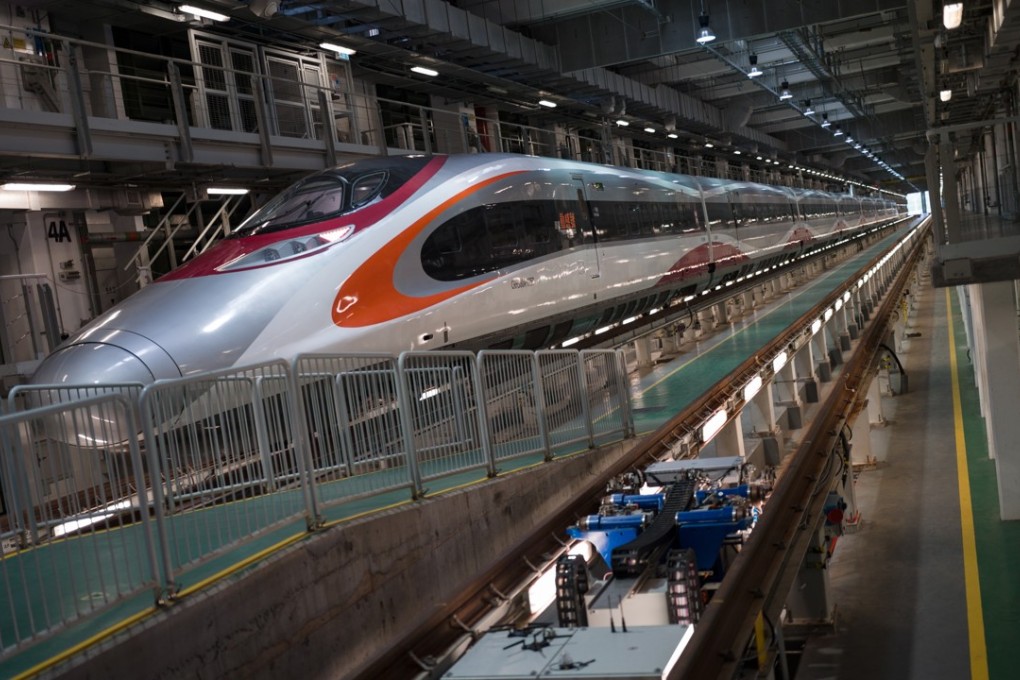Hong Kong high-speed rail link to become regional growth engine
After a series of troubles the railway will finally open in September, linking the city with the national express network and bringing benefits for tourism and commerce

It was not so long ago that the city’s high-speed rail project was almost derailed by a series of disputes. From the marathon funding approval process to the resettlement of affected villagers; from serious cost overruns and delays to the contentious joint checkpoint arrangements; from technical glitches during trial runs to questions over ticketing and sales, no Hong Kong public works projects have suffered more setbacks than the Guangzhou-Shenzhen-Hong Kong Express Rail Link. In less than a month, the much touted HK$84.4 billion railway will be ready to use. Hopefully, it will be one that we can be proud of.
The announcement of the operation details on Thursday marked the end of our historic bid to link the city with the 25,000km national high-speed rail network. Although the Hong Kong section only accounts for 0.1 per cent of the network in length, the significance is symbolic. For the first time, the city has direct high-speed train services to 44 mainland destinations.
There are still hurdles to overcome, though. For instance, passenger forecasts have been lowered by nearly 30 per cent to a daily 80,100, raising questions over the financial viability of the project. But officials remain optimistic, saying they are confident the rail link will not incur a loss. According to the government, it is expected to earn HK$671 million this year, compared to HK$472 million in operating costs.
Against its price tag, the earnings may look insignificant, but the value of the rail link lies in connectivity. There will be 114 pairs of short-haul trains each day during holiday peak periods, while 70 and 82 pairs will run on weekdays and weekends respectively. The benefits for tourism and commerce will be enormous.
Concern has been raised that direct trains to Guangzhou, which will only take 48 minutes, will only be available three times a day initially, and there will be only one service each day to Beijing. Therefore, authorities should try to adjust service frequencies according to passenger demands.